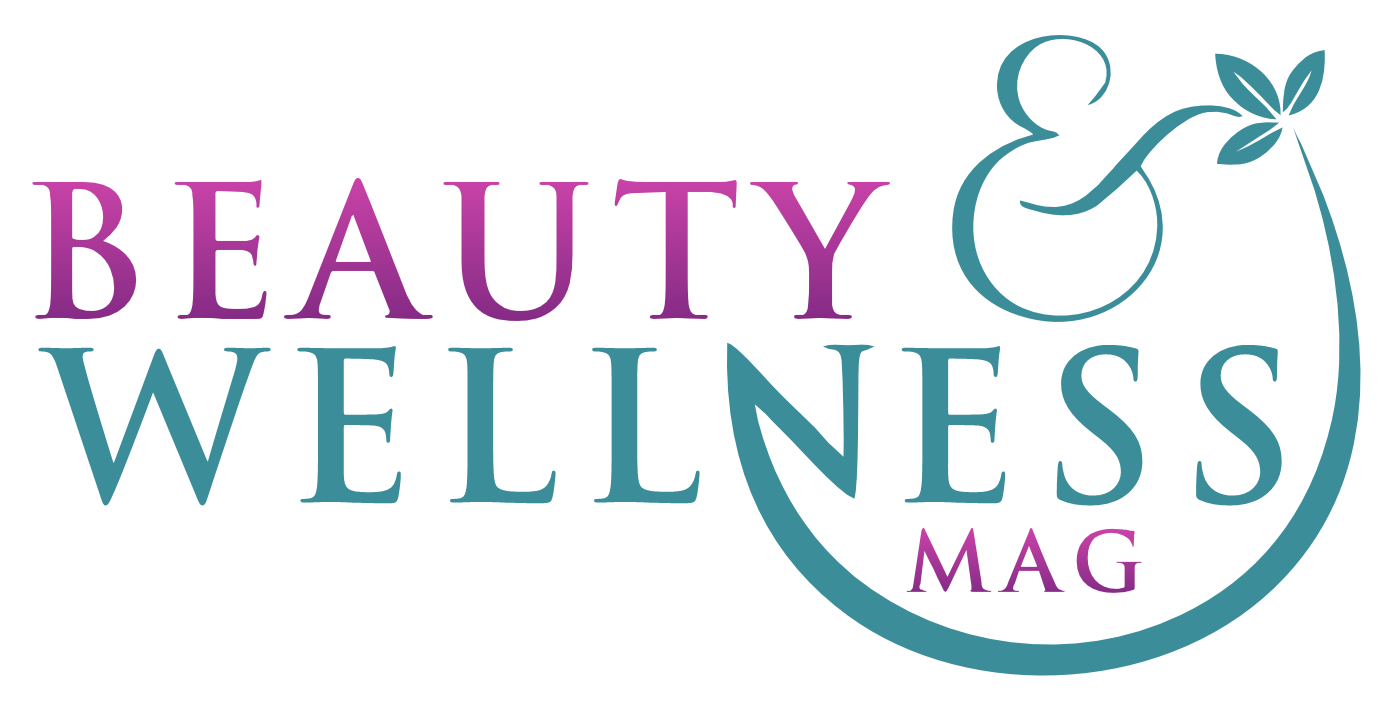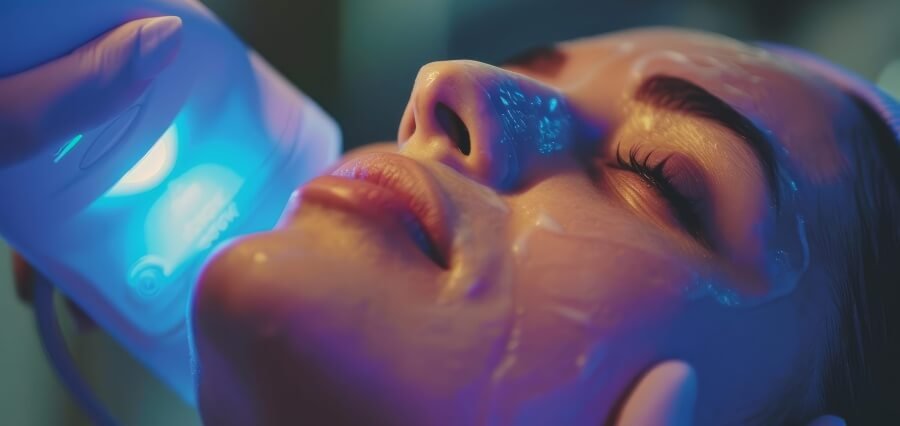#Smart Tech
The beauty and wellness industry has long been associated with tradition and craftsmanship, but in recent years, it has embraced modern technology with open arms, transforming the way products are created, marketed, and consumed. From personalized skincare solutions powered by artificial intelligence to virtual reality experiences that allow customers to “try before they buy,” the integration of technology has revolutionized the industry. These innovations are not just enhancing consumer experiences; they are also driving significant business growth, creating new opportunities, and reshaping the landscape of beauty and wellness.
Artificial Intelligence and Personalization
One of the most significant technological advancements in the beauty and wellness industry is the use of artificial intelligence (AI) to deliver personalized products and services. Consumers are increasingly seeking products that cater specifically to their individual needs, and AI has made it possible to offer highly tailored solutions. AI-driven skincare analysis tools, for instance, can assess a user’s skin type, conditions, and concerns through a simple photograph. Based on this analysis, these tools can recommend personalized skincare routines or even formulate bespoke products designed to address the user’s specific needs.
In addition to skincare, AI is being used in hair care, makeup, and fitness. Hair analysis tools can evaluate the health of a person’s hair and suggest customized treatments. AI-powered beauty apps can analyze a user’s facial features and recommend makeup products that suit their unique skin tone and facial structure. Fitness apps leverage AI to create personalized workout plans based on the user’s goals, fitness level, and available equipment. This level of personalization not only improves the effectiveness of the products and services but also enhances customer satisfaction and loyalty.
Augmented Reality and Virtual Try-Ons
Augmented reality (AR) has become a game-changer in the beauty industry, particularly in how consumers shop for products. AR technology allows users to virtually try on makeup, hairstyles, and even nail polish through their smartphones or in-store devices. This technology eliminates the need for physical samples, reducing waste and enhancing the shopping experience. Consumers can experiment with different looks and products in real-time, from the comfort of their homes or in-store, before making a purchase decision.
Major beauty brands have integrated AR into their e-commerce platforms and mobile apps, allowing users to see how a particular shade of lipstick or foundation will look on their skin. This not only helps consumers make more informed choices but also reduces the likelihood of returns, benefiting both the customer and the retailer. The adoption of AR technology has been especially impactful during the COVID-19 pandemic, as it provides a contactless way to engage with products.
Virtual Reality and Immersive Wellness Experiences
While AR has made waves in the beauty sector, virtual reality (VR) is gaining traction in the wellness industry. VR is being used to create immersive wellness experiences, such as virtual spa treatments, meditation sessions, and fitness classes. For example, users can don a VR headset and find themselves transported to a serene beach or a peaceful forest, where they can engage in guided meditation or yoga. This technology enhances the overall wellness experience by offering a fully immersive environment that promotes relaxation and mindfulness.
Fitness brands are also utilizing VR to make workouts more engaging and fun. Virtual fitness classes can take participants through various environments and scenarios, such as cycling through the Alps or participating in a dance-off on a futuristic stage. These immersive experiences not only make fitness more enjoyable but also help users stay motivated and consistent with their exercise routines.
Biotechnology and Sustainable Beauty
As consumers become more conscious of the environmental impact of their beauty products, the industry has responded by embracing biotechnology and sustainable practices. Biotechnology allows for the creation of high-performance, environmentally friendly ingredients that can replace traditional, less sustainable options. For example, lab-grown ingredients, such as plant stem cells or bio-fermented compounds, are being used to develop skincare products that are both effective and eco-friendly.
Biotechnology also enables the production of ingredients that are difficult to source sustainably in nature, such as certain rare botanicals. By creating these ingredients in a lab, companies can reduce their environmental footprint while still offering potent, high-quality products. This shift towards biotechnology is part of a broader movement within the industry towards sustainability, where brands are not only focusing on the ingredients they use but also on sustainable packaging and ethical sourcing practices.
E-Commerce and Digital Transformation
The digital transformation of the beauty and wellness industry has been accelerated by the rise of e-commerce and social media. Brands are increasingly relying on digital platforms to reach their customers, using data analytics to better understand consumer behavior and preferences. E-commerce platforms allow brands to offer a seamless shopping experience, from personalized recommendations to fast delivery and easy returns.
Social media has also become a crucial tool for marketing and consumer engagement. Platforms like Instagram and TikTok are not just spaces for showcasing products; they are also hubs for beauty and wellness communities. Influencers and content creators play a significant role in shaping trends and driving sales, often collaborating with brands to create and promote products. The integration of social media and e-commerce has made it easier for consumers to discover new products, seek advice, and make purchases, all within a few clicks.
Challenges and the Future of Technology in Beauty and Wellness
While the adoption of modern technologies in the beauty and wellness industry has brought numerous benefits, it also presents challenges. The rapid pace of technological change can be difficult for companies to keep up with, requiring continuous investment in innovation and adaptation. Privacy concerns related to the use of AI and data analytics are also a consideration, as consumers become more aware of how their data is being used.
However, the future of technology in the beauty and wellness industry looks promising. As technology continues to evolve, we can expect even more advanced and personalized products and services that cater to the needs and desires of consumers. The integration of AI, AR, VR, and biotechnology will likely become even more seamless, further enhancing the consumer experience and driving the industry forward. As brands continue to embrace these technologies, they will not only meet the demands of today’s consumers but also shape the future of beauty and wellness.





